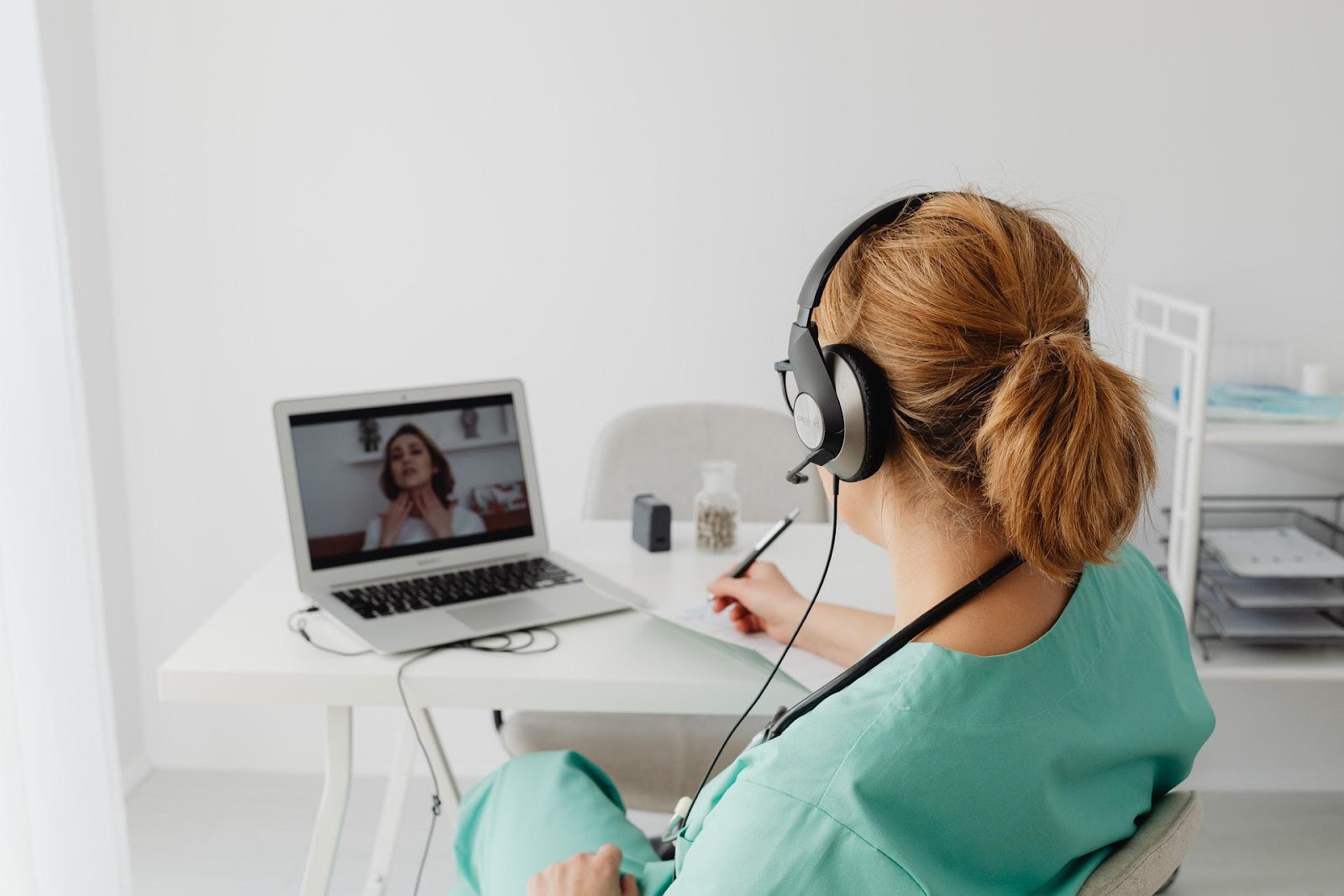Remote Therapeutic Monitoring (RTM): Everything We Know So Far
On July 13, the Centers for Medicare and Medicaid Services (CMS) released their Medicare Physician Fee Schedule proposal (the “Proposed MPFS/Rule”) for the coming year. The 2022 Proposed Rule recognizes Remote Therapeutic Monitoring (RTM) as a novel digital healthcare solution that acts as a counterpart to the existing Remote Physiological Monitoring (RPM) system.
It introduces five new CPT codes for RTM that closely resemble the RPM codes established within the last few years. The inclusion of these codes is intended to extend the range and capacity of reimbursable digital healthcare applications to include non-physiologic data monitoring. Here’s everything we know so far:
What Is RTM?
Remote Therapeutic Monitoring is the umbrella term for a set of five treatment management service codes established in October 2020 by the CPT Editorial Panel. The CMS remote patient monitoring approval covers several novel categories of non-physiologic and self-reported data such as respiratory system status, musculoskeletal system status, medication response, medication adherence, and pain levels.
Although the name suggests otherwise, RTM supports the remote monitoring of a vast array of non-physiologic information, not specifically therapeutic information. Physical therapists, clinical psychologists, speech-language pathologists, and occupational therapists are anticipated to be the primary billers under the new RTM codes.

How Does RTM Differ from RPM?
While RTM is intended to supplement the existing Remote Physiological Monitoring CPT codes, there are vital differences between the two in the nature of data, method of data collection, and practitioners who are eligible to receive reimbursement for remote patient monitoring.
Remote therapeutic monitoring allows for the observation and control of a broader range of health conditions when compared to RPM. RTM coding incorporates the reimbursement of services that are similar to RPM but do not qualify for Remote Patient Monitoring billing within the current CPT codes.
Both RTM and RPM entail the use of medical devices. A key difference is the inclusion of self-reported data within RTM codes. Remote Physiological Monitoring reimbursement requires medical devices to automatically record and upload the patient’s physiological data. In contrast, RTM data can be self-reported, entered manually into a device, and digitally uploaded by the patients themselves.
The new RTM codes are classified as general medicine codes, as opposed to the Evaluation and Management (E/M) service classification of RPM. This enables many more Qualified Health Care Professionals (QHCPs) to apply for reimbursement than previously possible under remote patient monitoring insurance.
What Are the New CPT codes?
The five new CPT codes comprise a code for RTM equipment set-up and training (989X1), two device codes (989X2 and 989X3), and two professional work or service codes (989X4 and 989X5).

The RTM’s approved CMS remote therapeutic monitoring code descriptions as established by the AMA Digital Medicine Payment Advisory Group are:
- CPT Code 989X1 — RTM (e.g., respiratory system status, musculoskeletal system status, therapy adherence, therapy response); initial set-up and patient education on use of equipment
- CPT Code 989X2 — RTM (e.g., respiratory system status, musculoskeletal system status, therapy adherence, therapy response); device(s) supply with scheduled (e.g., daily) recording(s) and/or programmed alert(s) transmission to monitor respiratory system, each 30 days
- CPT Code 989X3 — RTM (e.g., respiratory system status, musculoskeletal system status, therapy adherence, therapy response); device(s) supply with scheduled (e.g., daily) recording(s) and/or programmed alert(s) transmission to monitor musculoskeletal system, each 30 days
- CPT Code 989X4 — RTM treatment management services, physician/other qualified health care professional time in a calendar month requiring at least one interactive communication with the patient/caregiver during the calendar month; first 20 minutes)
- CPT Code 989X5 — RTM treatment management services, physician/other qualified health care professional time in a calendar month requiring at least one interactive communication with the patient/caregiver during the calendar month; each additional 20 minutes (List separately in addition to code for primary procedure)
Everything You Need to Know About RTM
The 2022 Proposed MPFS is a promising step toward the approval and adoption of remote monitoring technologies by traditional healthcare frameworks. While the recognition of digital therapeutics by the CMS is encouraging, a vast majority of the specific requirements of RTM are still undefined. In order to meet the target effective date of January 1, 2022, additional information about the new CPT codes is expected to be released in the next few months. We will be updating this space as further developments take shape.

It is worth noting that the list describing patient health data included under the new RTM codes is demonstrative, not exhaustive. But the present RTM device supply code descriptors limit the scope of transmissions to monitor the musculoskeletal and respiratory systems only. This effectively excludes provisions for data from the vascular, digestive, neurological, or endocrine systems.
CMS is currently seeking public comment on solutions for the integration of practitioners who do not have physician or non-physician provider permits. They are also seeking comment on standard devices that are used for monitoring the type of data included in the code descriptors, as well as their associated costs. We encourage all stakeholders to forward their comments to CMS regarding the 2022 proposed rule. The comment period closes September 13, 2021.